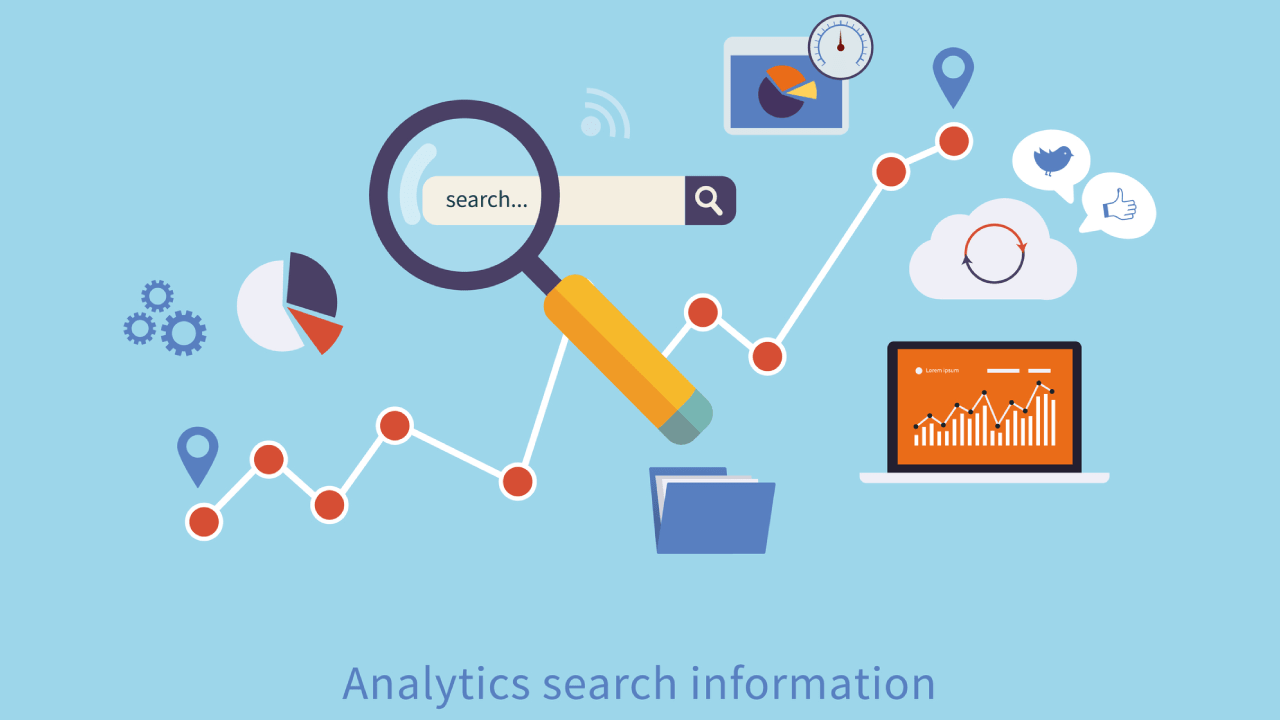Top Digital Marketing Trends for 2024
The COVID-19 pandemic is among the primary drivers of new developments in digital marketing, mainly because of the sudden increase in online traffic volumes and the notable shift in buying behavior.
Search engine optimization and content marketing are still the cornerstones of digital marketing, but the focus is now on humanization, personal interaction, and experiential marketing.
In 2021, digital marketing strategies are reaching new levels of sophistication, allowing for large-scale but personalized lead engagement on platforms consumers use every day. Learn more about these trends below.
Chatbots
Chatbots are artificial virtual assistants that interact with customers, providing 24/7 support and a pleasant customer experience. These automated messaging bots analyze customers’ queries and respond in real-time with relevant and helpful data.
By saving customers’ time and providing personalized support, chatbots are ideal for lead qualification and nurturing. Chatbots also promote customer engagement, satisfaction, and retention.

Personalized Marketing
Since 2006, most businesses have implemented marketing automation to achieve large-scale outreach while saving time and money. Even though this strategy worked well for the better part of a decade, consumers no longer respond well to generic emails and ads.
In 2021, personalization is the trend to implement across various strategies, including:
- Market outreach
- Content marketing
- Customer experience
- The creation and delivery of products and services
Examples of personalized marketing include Netflix’s title recommendations and BBC’s gamified email to promote BBC One.
Influencer Marketing
Influencer marketing is the collaboration between a brand and an online influencer. This content marketing strategy aims to build trust and loyalty with the influencer’s audience and improve brand recognition.
An influencer is someone with their own brand identity and organic audience. Influencers can affect the purchasing behavior of their audience by leveraging their leadership skills, special knowledge, authority, or relationship they have with their followers.
Voice Search
Voice search is becoming an increasingly popular alternative to traditional web searching. With voice search, consumers can get information without picking up their devices, and they can get an immediate response without having to wait for web pages to load.
In 2021, ranking for voice searches is the ideal strategy to generate traffic, build trust, and demonstrate commitment to a superior customer experience.
The COVID-19 pandemic is among the primary drivers of new developments in digital marketing, mainly because of the sudden increase in online traffic volumes and the notable shift in buying behavior. Search engine optimization and content marketing are still the cornerstones of digital marketing, but the focus is now on humanization, personal interaction, and experiential marketing. Digital marketing strategies are reaching new levels of sophistication, allowing for large-scale but personalized lead engagement on platforms consumers use every day. It also affects the online reputation of the business. Learn more about these trends below.
Web Push Notifications
Web push notifications are marketing messages that pop up on consumer’s desktop screens. This type of messaging already replaced email newsletters as the preferred means of outreach to a target audience.
Easy opt-in is the most significant advantage of browser push notifications. To sign up for push notifications, users only have to click “Allow” on the opt-in message that appears automatically on the website. With web push notifications, you no longer have to ask for email addresses in exchange for a lead magnet.
Content Marketing
Content marketing remains one of the most effective strategies to generate interest in products and services. This tactic involves creating and posting content such as blog articles, videos, podcasts, and infographics.
Content marketing aims not to promote your brand explicitly but to establish your business as an authority within its niche. Providing your audience with valuable information also builds trust and loyalty.

Shoppable Social Media Posts
Both ecommerce and social media are rapidly becoming mainstream among consumers from all walks of life. By creating social media posts, you capitalize on consumers’ interaction with videos and images while eliminating the steps they have to take to buy from you.
Shoppable media posts have been around since 2018 when Instagram introduced the concept. Since then, other platforms, including Facebook, have allowed shoppable tag posts. This year, shoppable social media posts will likely become more popular among consumers as platforms refine this feature’s robustness.
Personalized Marketing
Since 2006, most businesses have implemented marketing automation to achieve large-scale outreach while saving time and money. Even though this segmentation strategy worked well for the reputation of the business and for the better part of a decade, consumers no longer respond well to generic emails and ads.
Search Engine Optimization (SEO)
Google’s first page remains the primary source of traffic to websites, and optimizing your site for search engines is among the most crucial digital marketing strategies. In 2021, the objective with SEO is to rank in “position zero,” which is Google’s featured snippet and top result.
As always, providing an optimal user experience with high-value, relevant content is integral to SEO success. Traditional SEO strategies, such as maintaining a user-friendly website, keyword research, optimization for mobile, and the focus on topic clusters remain critical to implement.
Building a portfolio of backlinks to demonstrate your site’s authority is also a highly effective SEO tactic and a viable marketing objective for 2021.
Contact Digital Engage
Digital Engage is a digital marketing and web design company based in Tennessee. Our professional team has expertise in services like website design and development Drupal Development Services, Joomla Services, Hubspot, Prestashop and others. You should choose us because we provide professional consultation, value our clients, have a track record of success, and are always available to provide you with the most professional services. Call us today to learn more about our services.






























